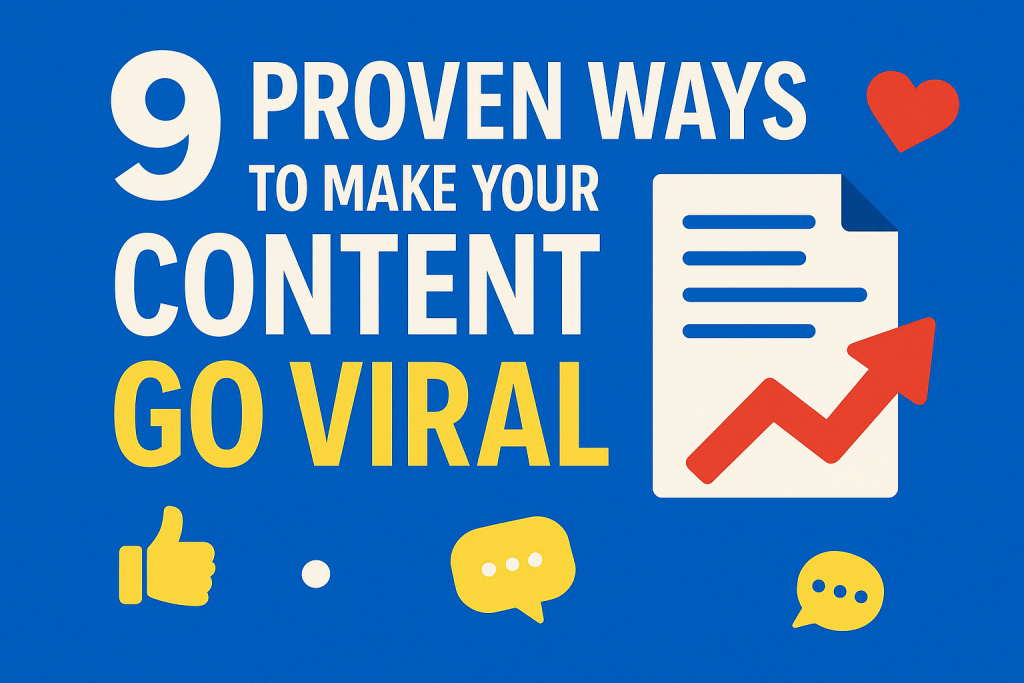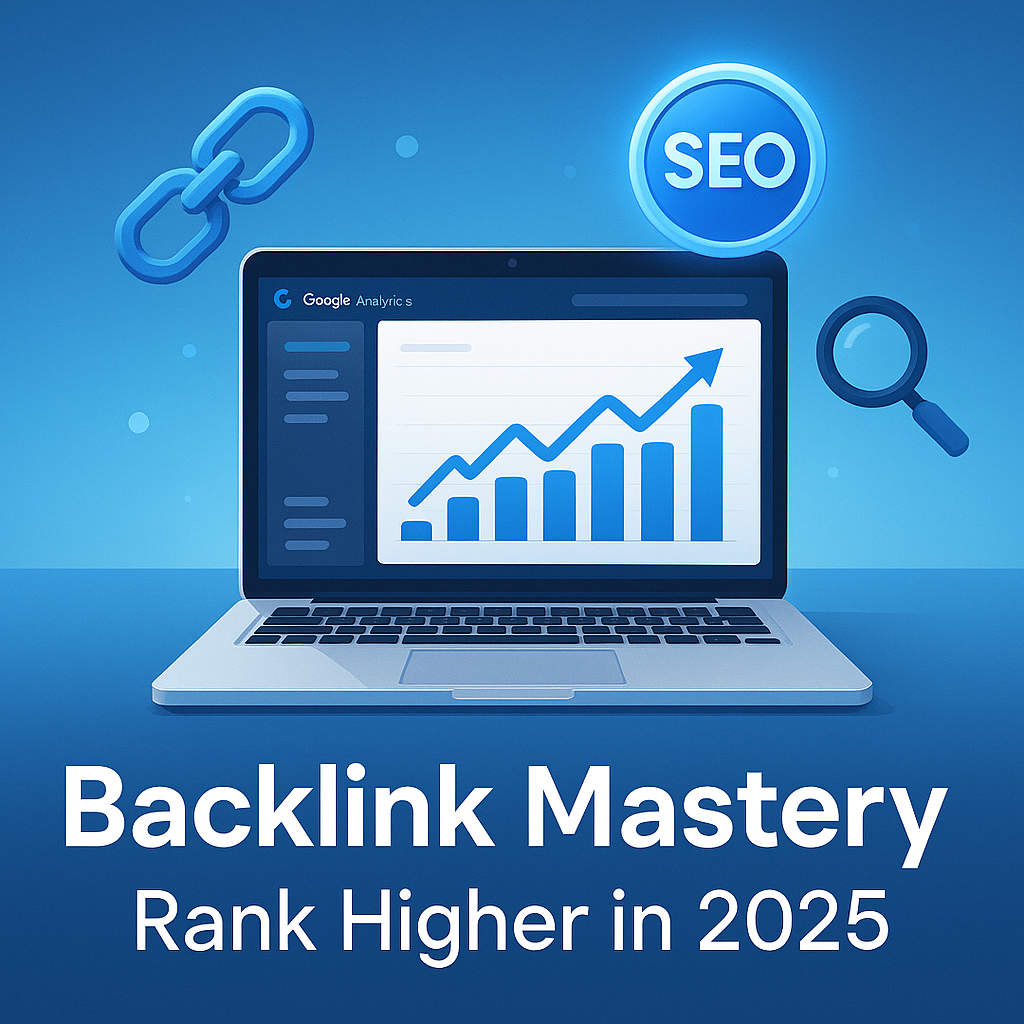In the saturated digital landscape of 2025, your blog post’s introduction can make or break its success. Studies show that over 55% of readers spend less than 15 seconds on a web page before deciding to bounce or stay (Chartbeat, 2024). That means you have a small window to captivate them—and it all starts with the introduction.
Let’s explore expert-backed, data-driven, and actionable tips for writing blog introductions that grab attention, drive SEO performance, and increase user engagement.
1. Start with a Powerful Hook
Every compelling introduction begins with a hook—a line or question that grabs the reader’s attention.
Examples of strong hooks:
- Ask a thought-provoking question:
“What if your content could double your traffic—just by changing the first 100 words?” - Use a startling statistic:
“According to Nielsen Norman Group, readers only scan 20–28% of a blog post. Your intro must fight for survival.” - Open with a relatable scenario:
“You finally hit publish… but no one reads past the first paragraph. Sound familiar?”
The goal of the hook is to spark curiosity and give readers a reason to keep going.
2. Clarify What the Reader Will Gain
Once the hook pulls them in, quickly explain what the article is about and what they’ll learn.
In 2025, user intent is key. Google’s Helpful Content System now prioritizes pages that clearly serve real user needs. Your introduction should make that obvious.
Example:
“In this post, you’ll learn proven techniques to write intros that increase retention, improve SEO metrics, and keep readers glued to your content.”
3. Keep It Short and Focused
The best introductions are under 120 words. Think of your intro as the elevator pitch for the article.
Don’t:
- Ramble with background info.
- Get too technical.
- Delay the point.
Do:
- Focus on clarity, benefit, and tone.
- Match the intro style to the content format (how-to, listicle, opinion, etc.).
4. Match the Reader’s Intent
Users don’t read your blog by accident—they clicked for a reason. Ensure the introduction matches the search intent.
Tip: Use tools like Google Search Console, Ahrefs, or Surfer SEO to understand the keywords and intent behind your most visited content.
If someone’s searching “how to write engaging intros,” don’t start your article with a long history of blogging. Go straight to the practical value.
5. Inject Emotion and Empathy
Human connection still drives clicks and conversions—even in an AI-powered content world.
Neuroscience shows:
- Emotional triggers enhance memory.
Use language that:
- Shows you understand their problem.
- Builds trust and connection.
- Encourages action or reflection.
6. Use Formatting That Supports Readability
Break up your introduction using:
- Short paragraphs
- Bold highlights
- Italics for emphasis
- Emojis or icons (where brand-appropriate)
7. Preview What’s to Come
Just like a trailer teases the movie, your intro should preview the post.
Sample structure:
“In this guide, you’ll discover:
- How to hook readers in 3 seconds
- Which intro types outperform others
- Common mistakes to avoid
- Real-world examples from top blogs”
8. Use a Consistent Voice and Tone
Your introduction is the handshake of your brand. Make sure it reflects:
- Your brand personality
- Your audience expectations
- The tone of the article (friendly, professional, humorous, etc.)
9. A/B Test and Optimize Over Time
Don’t set your intros in stone. Use tools like:
- Hotjar to track scroll behavior
- Google Optimize or ConvertKit to A/B test intro variations
- Surfer SEO to analyze NLP relevance and performance
Even changing one sentence in the introduction can improve dwell time and bounce rate.
10. Avoid These Common Mistakes
Avoid:
- Vague or generic openings
(“In today’s world…”) - Repeating the blog title
- Over-promising results you won’t deliver
- Going off-topic
- Using clichés without fresh takes
Your introduction should excite and inform—not confuse or bore.
Conclusion: The Intro Isn’t Optional—It’s Essential
If your content isn’t engaging from the start, the rest might never get read. In 2025, where attention is scarce and competition is fierce, your introduction is your most valuable real estate.
By applying these tips—powerful hooks, clear promises, SEO alignment, and emotional intelligence—you can ensure every post you publish starts with a bang, not a yawn.

